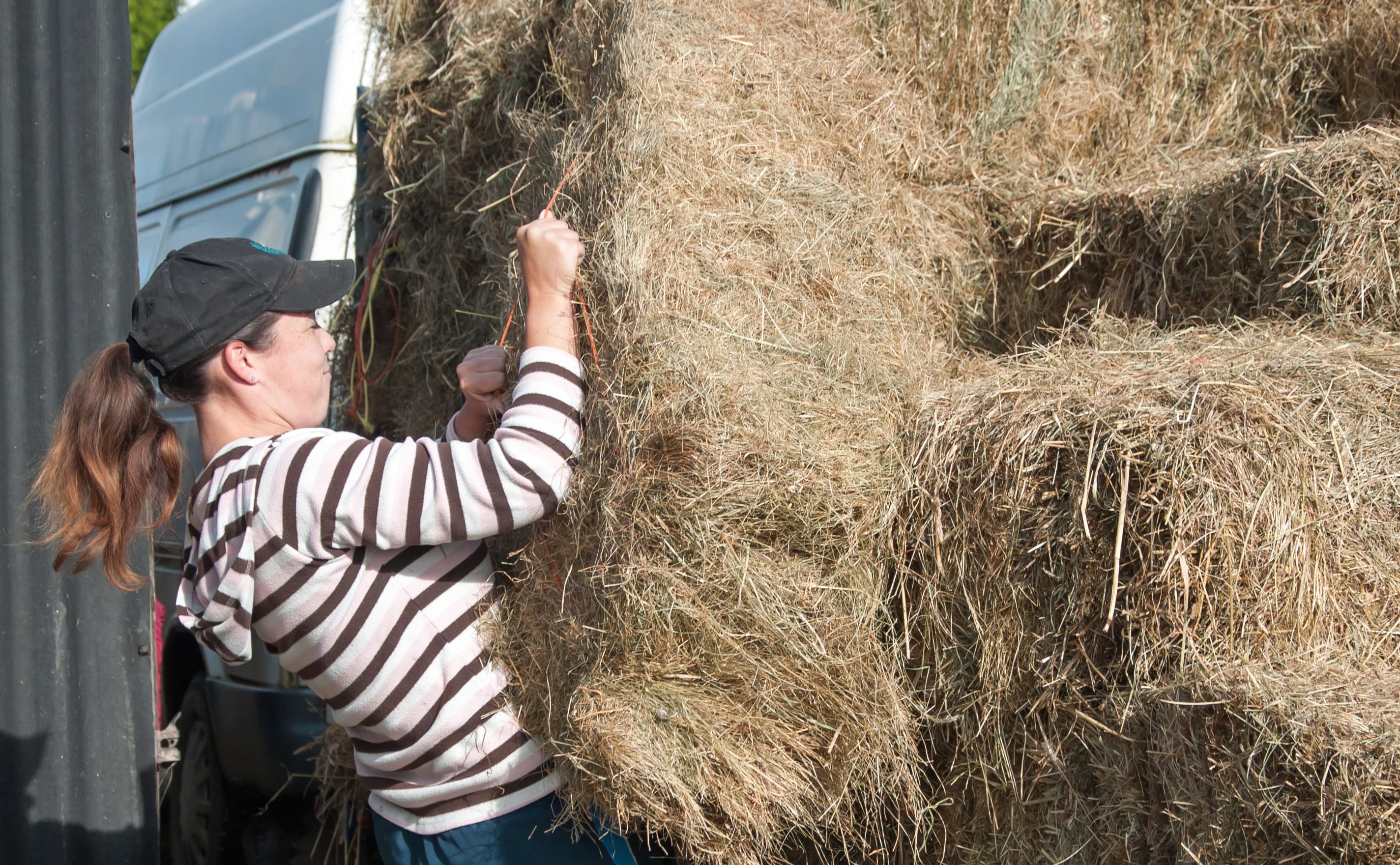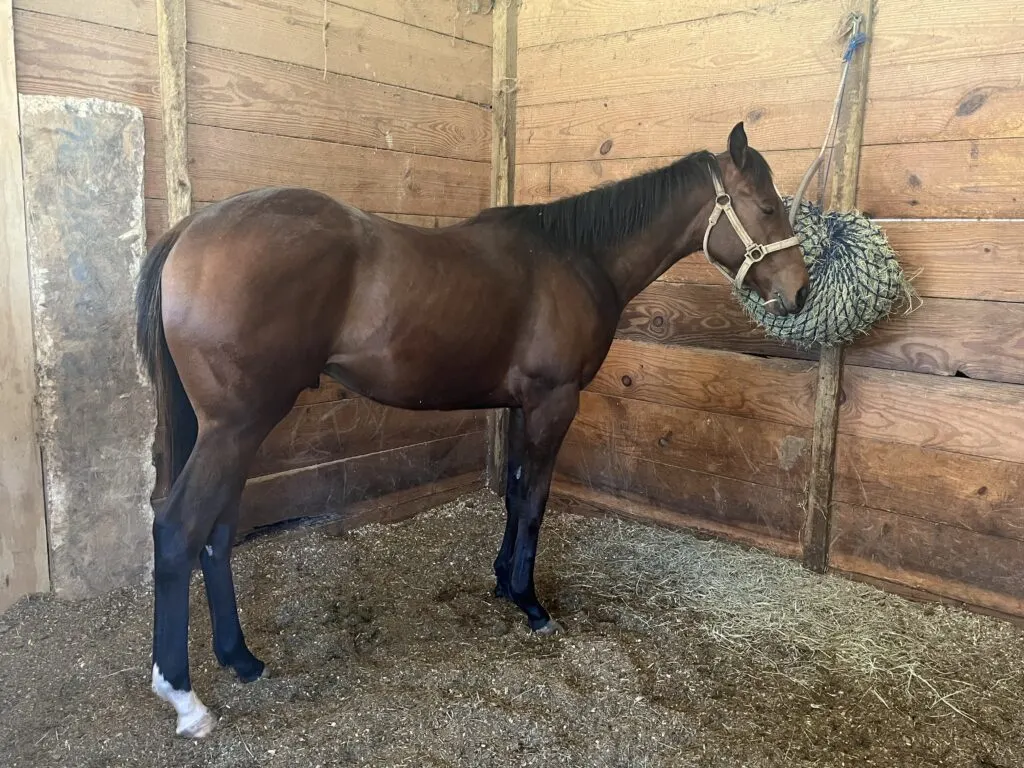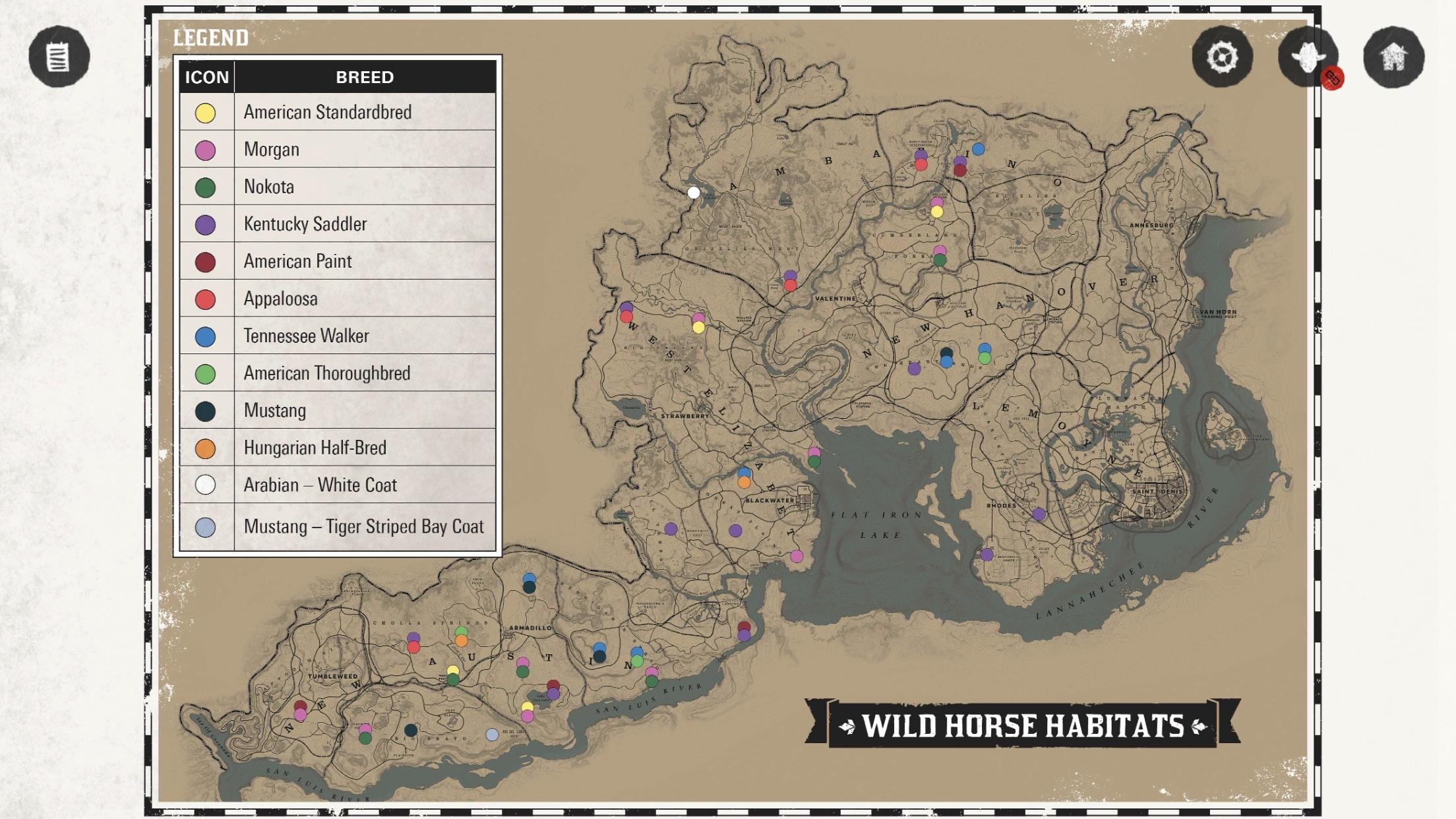If you’re a horse owner or considering getting a horse, you may be wondering about the cost of feeding your equine friend. One essential component of a horse’s diet is hay, and understanding the cost of hay is crucial for budgeting and caring for your horse. In this article, we’ll delve into the factors that determine the cost of a bale of hay for horses, and provide insights into how you can make informed decisions about purchasing hay for your equine companion.
Understanding the Cost of Hay

When it comes to buying hay for your horses, the cost can vary significantly depending on several factors. The type of hay, its quality, and the region in which you live can all impact the price you’ll pay. Additionally, supply and demand, as well as seasonal fluctuations, can also influence hay prices. Understanding these factors is crucial for estimating the cost of hay for your horses and making informed decisions.
Type of Hay
The type of hay you choose for your horses can have a significant impact on the cost. Common types of hay include timothy, alfalfa, orchard grass, and bermudagrass, among others. Each type of hay has its own nutritional profile and suitability for different horses. While some types of hay may be more readily available and thus less expensive, others may be more specialized and come with a higher price tag.
Quality of Hay
The quality of hay is another important factor that affects its cost. High-quality hay, which is free from mold and other contaminants, is essential for maintaining the health and well-being of your horses. While higher quality hay may come with a higher price, it can provide superior nutrition and reduce the risk of health issues in your horses, potentially saving you money on veterinary bills in the long run.
Regional Variations
The region in which you live can also impact the cost of hay for your horses. Factors such as climate, soil conditions, and local agricultural practices can influence the availability and price of hay. For example, areas with a high demand for hay and limited supply may experience higher prices, while regions with abundant hay production may offer more competitive prices.
Factors Influencing Hay Prices

In addition to the inherent cost factors associated with different types and qualities of hay, several external factors can also influence hay prices. Understanding these factors can provide insights into the fluctuations and trends in the hay market, allowing you to make more informed decisions when purchasing hay for your horses.
Supply and Demand
The basic economic principle of supply and demand plays a significant role in determining hay prices. When the supply of hay is limited, such as during periods of drought or adverse weather conditions, and the demand for hay remains high, prices are likely to increase. Conversely, when there is an abundant supply of hay and lower demand, prices may decrease.
Seasonal Fluctuations
Seasonal variations can also impact hay prices. For example, in the winter months, when pasture grass is less abundant and horses rely more heavily on hay for their dietary needs, the demand for hay may increase, potentially leading to higher prices. Understanding these seasonal fluctuations can help you plan and budget for the varying costs of hay throughout the year.
Estimating the Cost of Hay for Horses

Now that we’ve explored the factors that contribute to the cost of hay for horses, let’s delve into how you can estimate the actual cost of purchasing hay for your equine companions. By considering these factors and employing some practical strategies, you can make informed decisions about budgeting for hay expenses and ensuring that your horses receive the nutrition they need.
Calculating Hay Consumption
The first step in estimating the cost of hay for your horses is to calculate their hay consumption. This can vary depending on factors such as the size, breed, and activity level of your horses. A general rule of thumb is that a horse will consume approximately 2% of its body weight in hay per day. By determining the total weight of hay your horses will need over a given period, you can better estimate your hay expenses.
Comparing Prices
Once you have an idea of the amount of hay your horses will require, it’s essential to compare prices from different suppliers. Reach out to local hay producers, feed stores, and agricultural cooperatives to inquire about the cost of hay and determine which options best suit your budget and the nutritional needs of your horses. Keep in mind the type and quality of hay when making these comparisons.
Considering Storage and Waste
When budgeting for hay expenses, it’s important to consider factors such as storage and waste. Proper storage of hay can help prevent spoilage and ensure that it remains fresh and nutritious for your horses. Additionally, minimizing waste, whether through proper feeding practices or the use of feeders designed to reduce hay loss, can help you make the most of your hay supply and minimize unnecessary costs.
Making Informed Decisions

As a responsible horse owner, making informed decisions about the cost of hay for your horses is essential for their health and well-being. By considering the factors that influence hay prices, estimating your hay expenses, and comparing prices from different suppliers, you can ensure that your horses receive the nutrition they need while managing your budget effectively.
Seeking Professional Advice
If you’re unsure about the best type or quality of hay for your horses, don’t hesitate to seek professional advice. Consulting with equine nutritionists or experienced horse owners can provide valuable insights into the nutritional requirements of your horses and help you make informed decisions about purchasing hay.
Monitoring Your Horses’ Health
Finally, closely monitoring your horses’ health and well-being can help you assess the impact of the hay you’re providing. Keep an eye out for any signs of malnutrition or digestive issues, as these can indicate that adjustments to your hay supply may be necessary. By staying attentive to your horses’ needs, you can ensure that they receive the appropriate nutrition while managing your hay expenses effectively.
If you’re curious about the cost of caring for horses, you might also be interested in our articles on buckskin horse prices and cutting horse costs. Additionally, if you’re considering renting a horse stall, our piece on horse stall rental prices could provide valuable insights.
Conclusion

In conclusion, the cost of a bale of hay for horses can vary depending on factors such as the type, quality, and regional availability of hay. By understanding these factors, as well as the external influences on hay prices, you can estimate the cost of purchasing hay for your horses and make informed decisions about budgeting for their nutritional needs. By considering factors such as hay consumption, comparing prices, and seeking professional advice, you can ensure that your horses receive the nutrition they need while managing your hay expenses effectively.



